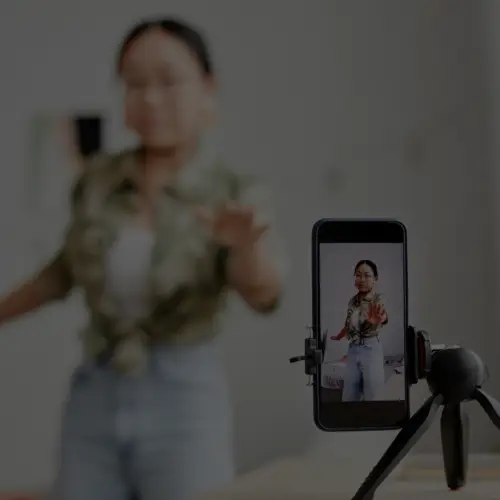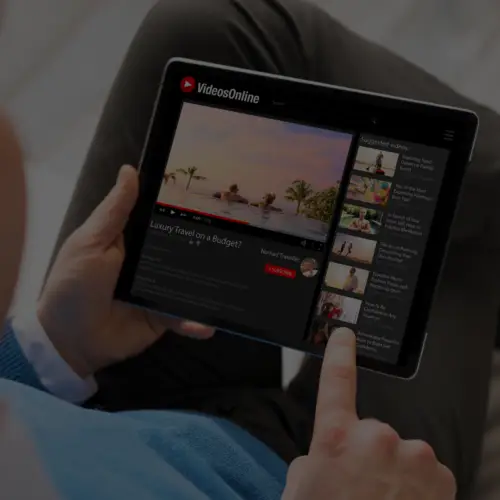15 Dec 4 Social Strategy Lessons Learned in 2015
It’s hard to believe we are wrapping up another year, but before we get too far into planning for 2016, let’s take a look back at what we learned in 2015. There were many insights gained this past year, but we’ll focus on the following four topics: video, livestreaming, employee advocacy and social programs.
1. Video is the New Norm
In 2015, video became the focus on social. Facebook users are posting 75% more video content than they did in 2014. The platform is getting almost 8 billion video views a day—which was double the 4 billion Facebook was getting at the beginning of the year. Social channels are competing for your native uploads by making improvements to their video editing capabilities within their platforms. Video content is getting priority in the feed over many other forms of content. In fact, watching videos is the second most popular activity on Facebook, just behind liking a post. If your brand isn’t creating video content on a regular basis for your channels, you are quickly falling behind.
2. Livestreaming is the Shiny New Tactic—but Few are Capitalizing
Livestreaming made an entrance in 2015 with the launch of Meerkat and Periscope. Despite a lot of buzz around these standalone streaming apps, only the early adopters have jumped on board. According to GlobalWebIndex, only 1% of the industry are using either service. Given the low adoption rate among users, many brands have not made significant investments and shifts in their strategy to incorporate livestreaming. The ‘in the moment’ aspect of livestreaming represents great opportunities to connect with fans in a more natural way (i.e. behind-the-scenes, Q&A’s, live event coverage, demos, etc.), but the limited control over the situation is a likely reason why brands haven’t capitalized on this technology. I think more brands will be willing to take on this risk in 2016, especially since Facebook is making their move into the Livestreaming space.
3. Your Employees Can be Your Best Advocates
As social media adoption in the workplace is becoming mainstream, more companies are utilizing their employees to share messages on their behalf. According to research done by Social Media Today & Hinge Marketing, 31% of high-growth firms have a formal employee advocacy program in place and almost 40% of employees spend 1-5 hours per week on business related social media activities. Employee social programs benefit everyone involved. It builds advocacy and thought-leadership with employees while also building awareness and loyalty for the brand/company. There are a variety of tools in place that make it easy to get employees involved. At Ignite, we use a tool called Dynamic Signal to help employees share blog posts and company culture. If you haven’t started an employee advocacy program this year, put it on the radar for 2016.
4. Social Programs Elevate Brands
Finally, lesson #4 is that social programs elevate brands in the space among competitors and offer a variety of opportunities to further engage with your fans. In some cases, social programs can be seen as giving fans added value for being loyal to the brand. This turned out to be true for a program we ran this year with our Club Carlson client. #HashtagHotel 2.0 was deemed a success by everyone and therefore added to Club Carlson members as a loyalty program benefit. In just 12 hours, we generated over 43M impressions from the effort, but we also sent over 1,000 participants over to the ClubCarlson.com website to take advantage of a special offer. #HashtagHotelPromo was used over 18K times and trended nationally. Many brands might have pushed social programs to the side in 2015, but they can help achieve real business results and should not be forgotten in 2016.








